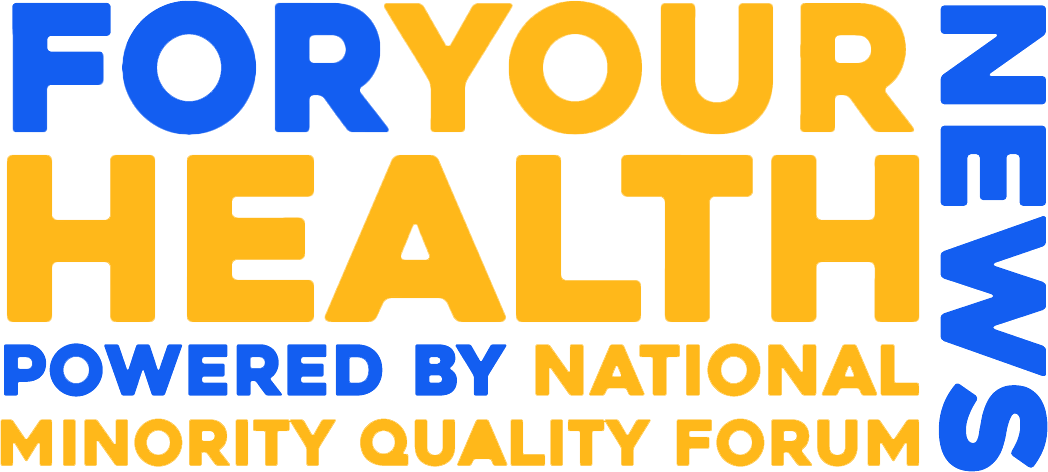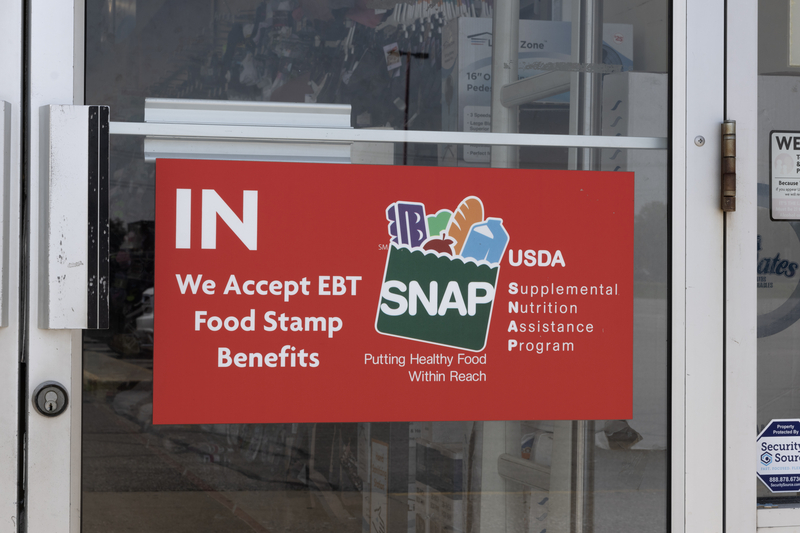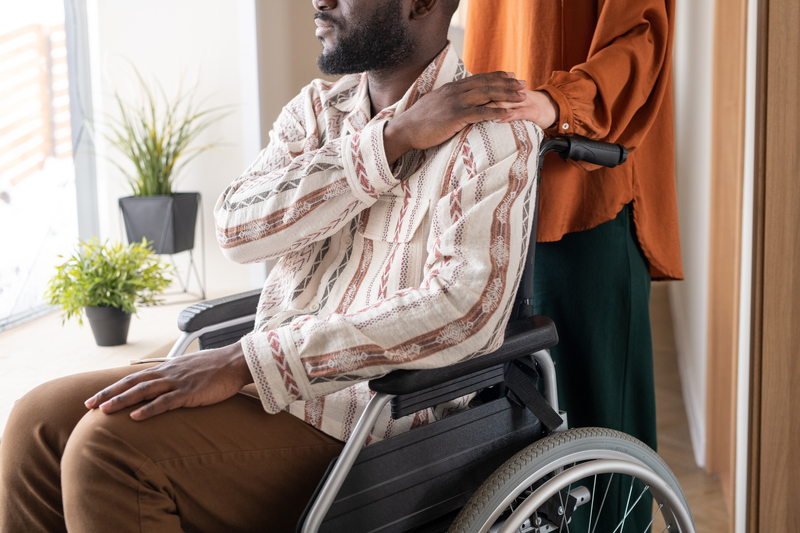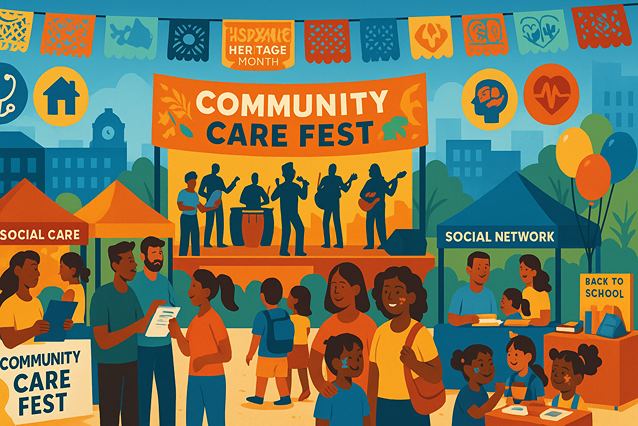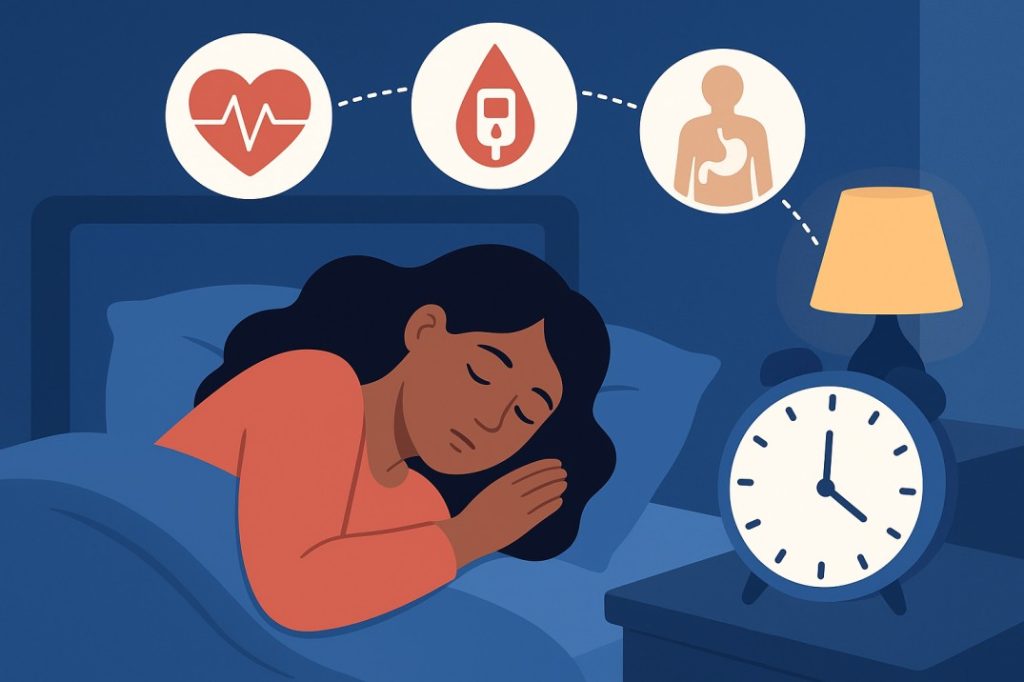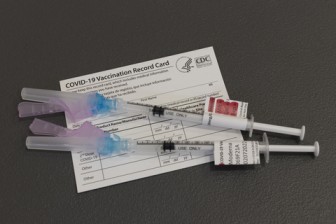
Iron deficiency is one of the most common nutritional deficiencies in the United States — but it doesn’t affect everyone equally. Studies show that Black, Hispanic, and Native American communities are more likely to experience low iron levels and anemia compared to white populations. The reasons are complex, tied to nutrition access, healthcare inequities, and even biological factors.
The Scope of the Problem
According to the CDC, nearly 20% of Black women and 18% of Hispanic women experience iron deficiency anemia (IDA), compared to around 10% of white women. In children, the gap is even more striking — low-income Black and Hispanic toddlers are almost twice as likely to have low iron levels as their white peers.
Iron is essential for making hemoglobin, the protein in red blood cells that carries oxygen. When iron levels drop, the body struggles to produce enough healthy red blood cells, leading to fatigue, dizziness, pale skin, and long-term developmental delays in children.
Why Minority Communities Are More at Risk
Several overlapping factors explain why low iron affects minority populations more severely:
- Food Access: Many minority and low-income neighborhoods are “food deserts,” with limited access to affordable fresh produce, iron-rich meats, and fortified foods. Convenience stores and fast-food chains often dominate these areas.
- Healthcare Barriers: Lack of insurance or culturally competent care can delay diagnosis and treatment. Many cases of anemia go undetected for years.
- Cultural Diets: Some traditional diets may be lower in iron-rich animal protein or contain plant foods that inhibit iron absorption (like beans, grains, and tea) without being balanced by enhancers like vitamin C.
- Reproductive Health Disparities: Women of color experience higher rates of heavy menstrual bleeding and fibroids, both of which increase iron loss.
- Systemic Inequities: Broader issues such as poverty, chronic stress, and racial discrimination indirectly contribute to poorer nutritional outcomes and chronic inflammation, which can interfere with iron metabolism.
The Real-World Consequences
Untreated low iron doesn’t just cause tiredness — it can worsen performance in school, lower productivity at work, and increase complications during pregnancy. Research shows that iron deficiency anemia during pregnancy is linked to higher risks of preterm birth and low birth weight, outcomes that already disproportionately affect Black and Native women.
What Can Be Done
- Improve Access to Iron-Rich Foods
Community-based programs that provide fresh food vouchers, farmers market credits, or mobile grocery units can make a major difference. Schools and food banks can also prioritize iron-fortified options. - Increase Awareness and Screening
Public health campaigns should encourage routine iron screenings — especially for women of reproductive age, infants, and adolescents in at-risk communities. - Strengthen Nutrition Education
Culturally relevant nutrition guidance can teach how to pair iron-rich foods (like lentils, spinach, or liver) with vitamin C sources (like citrus, peppers, or tomatoes) to improve absorption. - Expand Culturally Competent Care
Healthcare providers should be trained to recognize how anemia presents differently across skin tones and ensure all patients receive equitable testing and follow-up. - Address Structural Inequities
Tackling the root causes — poverty, food insecurity, and healthcare access — is essential. Policies that expand WIC, SNAP, and Medicaid coverage can help prevent deficiencies before they start.
The Bottom Line
Iron deficiency isn’t just a personal health issue — it’s a systemic one. By improving access to healthy foods, expanding screening, and creating culturally informed care, we can begin to close the iron gap that disproportionately affects minority communities.
Trending Topics
Features
- Drive Toolkit
Download and distribute powerful vaccination QI resources for your community.
- Health Champions
Sign up now to support health equity and sustainable health outcomes in your community.
- Cancer Early Detection
MCED tests use a simple blood draw to screen for many kinds of cancer at once.
- PR
FYHN is a bridge connecting health information providers to BIPOC communities in a trusted environment.
- Medicare
Discover an honest look at our Medicare system.
- Alliance for Representative Clinical Trials
ARC was launched to create a network of community clinicians to diversify and bring clinical trials to communities of color and other communities that have been underrepresented.
- Reducing Patient Risk
The single most important purpose of our healthcare system is to reduce patient risk for an acute event.
- Jessica Wilson
- Victor Mejia
- Subash Kafle
